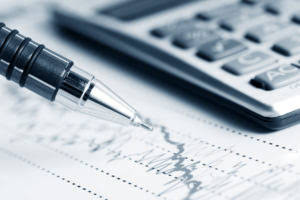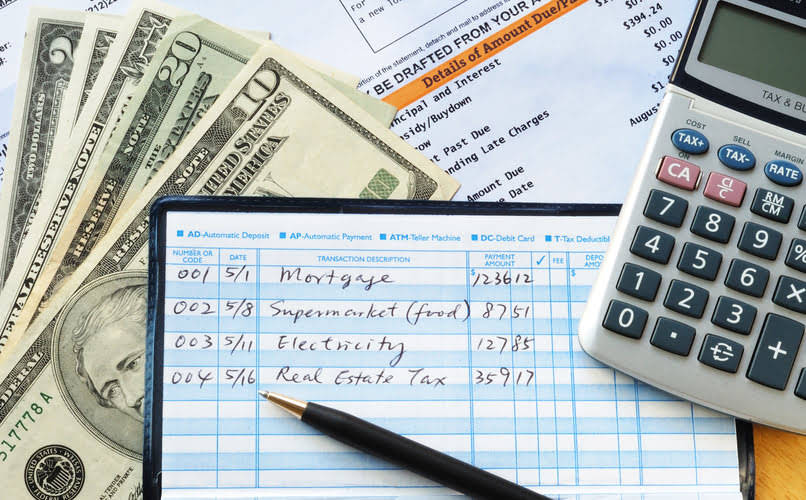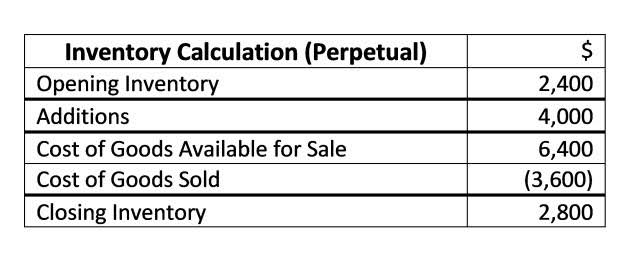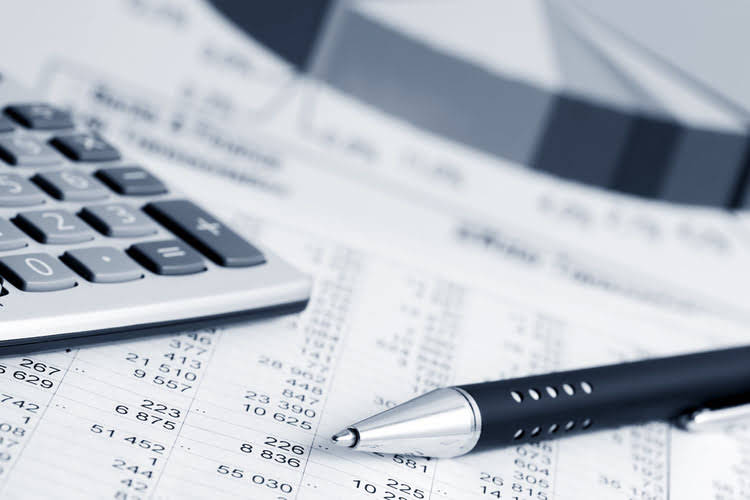
Once the inventory is classified into groups, the pro shop owner will know to keep a close eye on the reorder points of their A group inventory to prevent stockouts. Take Art for the People, an art gallery powered by Lightspeed in Austin, Texas. Art for the People showcases 100+ artists at any given time, which means they have a complex inventory that requires careful planning. You’ll have clean, actionable data on hand to make more informed decisions. Setting your reorder points means you need to spend less time trying to manually monitor what needs to be reordered for every purchase period. For example, let’s take an apparel retailer who sells sweaters, both turtleneck and v-neck, from three different brands.
See the trends shaping the future of commerce
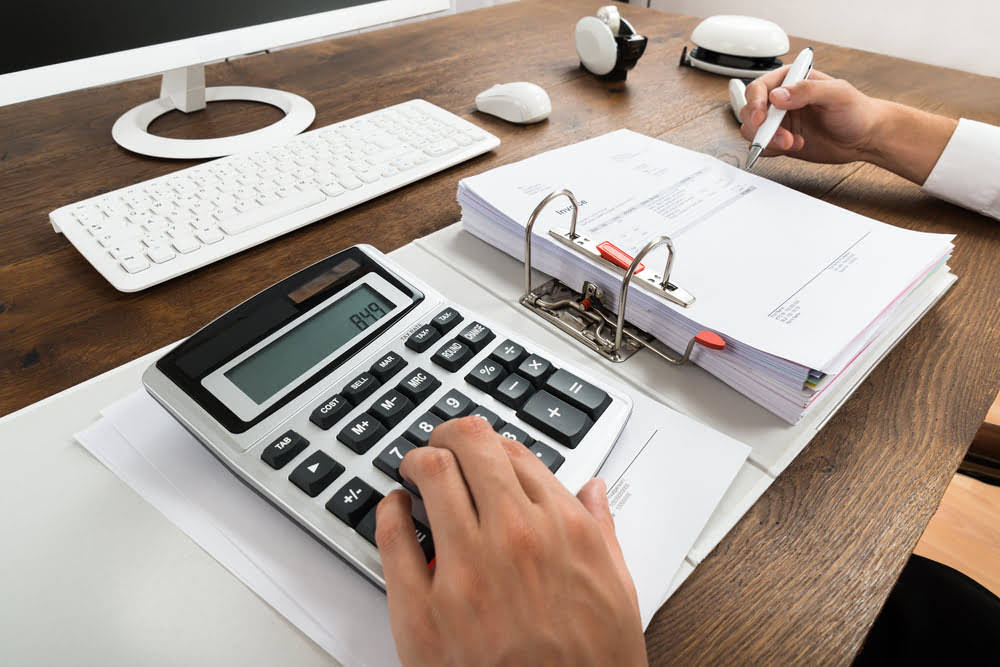
Ending inventory refers to the sellable inventory you have left over at the end of an accounting period. When the accounting period ends, you take your beginning inventory, add net purchases, and subtract the cost of goods sold (COGS) to find your ending inventory’s value. Knowing your ending inventory value will impact your balance sheets and your taxes, so it’s important to calculate the value of your inventory correctly.
- Another metric you should be aware of when managing your inventory is your inventory value, or the dollar amount your on-hand inventory is worth.
- All plans include two e-commerce integrations, plus an accounting integration.
- Lean manufacturing is a broad set of management practices that can be applied to any business practice.
- This is when you analyze data to predict how many products are going to sell within a certain time-frame.
- Let your supplier know when you’re generating a lot of purchase orders so they can ramp up production.
What is Store Inventory Control?
The FIFO inventory method is commonly used by sellers of perishable goods (e.g. food), so that the oldest items can be sold as quickly as possible. An inventory management cycle begins with buying inventory from your supplier. Audits help check the physical count against the digital record and keep your items in order. Audits also support your re-ordering process, since you might find during an audit that you’ve dropped below a product’s reorder point without the system registering it. Identify your bestsellers and stock those closest to your fulfillment station. Organizing this way will create more efficiency in your fulfillment process.
Search for your business name or category. cookies.store or summercookies.store
- This method is popular in the US because it’s allowed for tax purposes, and many proponents believe it most closely matches the replacement cost of inventory.
- Before you begin working with your stock, you need to choose an inventory management method.
- For larger businesses that have safety stock, they may still avoid dipping into it unless it is needed to meet increasing customer demands.
- In contrast, a periodic system requires physical inventory counts at the beginning and end of a specific period.
- If you run out of a certain product, it’s important to update your website immediately.
- Understocking could lead to lost sales and unhappy customers, but overstocking has problems too.
- What do you do when a supplier runs out of product in the middle of holiday shopping season?
When you have an existing supplier relationship, minimum order quantities are often negotiable. A new quality of life feature will let players easily reset talent points from the Field Guide, but at the cost of 200 in-game gold per talent point. You can write your own review for this product to share your experience https://www.bookstime.com/ with the community. Use the area above the purchase buttons on this page to write your review. Here’s everything you need to know about what’s open and closed on Monday, May 27. It’s best to check with your local store or restaurant online before leaving home, as hours and closures can vary by location.
Best Retail Stocks in 2024: Retail Investing 101 – The Motley Fool
Best Retail Stocks in 2024: Retail Investing 101.
Posted: Thu, 11 Jan 2024 08:00:00 GMT [source]
Apps to Help Organize and Manage Inventory
Carry that preparation forward by using what you’ve learned to start your business continuity plan. While you can’t account for everything in your forecasting, you can get yourself ready for the unexpected. This is an estimate of how many weeks the current inventory will last under normal sales conditions, helping in planning for replenishment. Sell-through is the percentage of inventory sold over a specific period compared to the amount received, assessing the effectiveness of inventory in meeting market demand. Also known as Gross Margin Return on Investment evaluates the profit return on the amount of money invested in inventory, showing the profitability of inventory. To calculate GMROI divide your gross margin with average inventory cost.
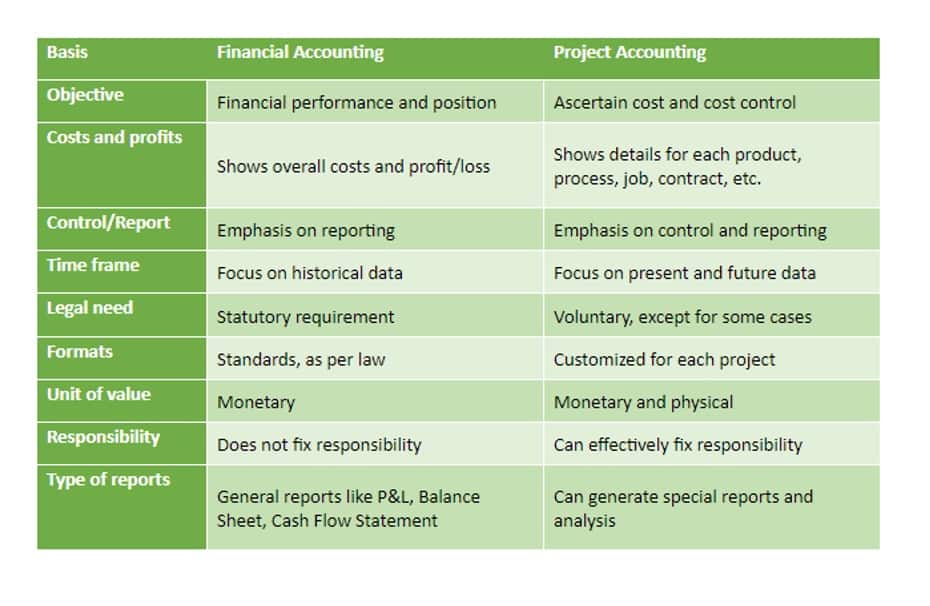
How many inventory units do you process monthly?
Likewise, minimizing losses from receiving errors, shrinkage and inefficient storage helps boost profits. Inventory management software is key to uncovering these issues and, together with other operating improvements, helps drive a more profitable operation. Sortly is economical and easy-to-use inventory and asset tracking software that works very well for specific needs. It’s not an end-to-end order, inventory and shipping management system like many inventory solutions, nor is it as pricey as the competition.
A new set of leaks has revealed the names of the new factions coming to XDefiant with an upcoming update.
Inventory management is the fundamental building block to longevity, helping businesses to minimize costs, improve cash flow and boost profitability. Sound inventory management can help you reduce business expenses, increase profitability and improve market share. Typically, low-cost items that are easier to online store inventory produce have a higher MOQ. Conversely, expensive products or components with a higher production cost have a lower MOQ. It is the engine that keeps the supply chain running smoothly, thereby propelling your business. The importance of inventory management is evident as it reduces interruptions in production.
Our partners cannot pay us to guarantee favorable reviews of their products or services. Bulk shipments can be preferable for large businesses that typically have a high turnover of stock. It’s often cheaper to buy in bulk, and you also need to buy less often because you have everything you need in the warehouse until stocks run low. It may also be the case that you bulk buy products because of demand, but then trends change and they fall out of fashion. You’re then left with thousands of products in your warehouse taking up space that could potentially house new, more successful ones.
